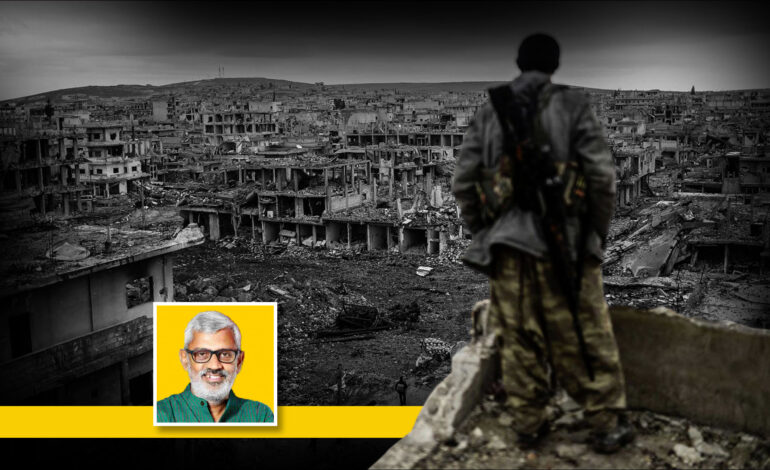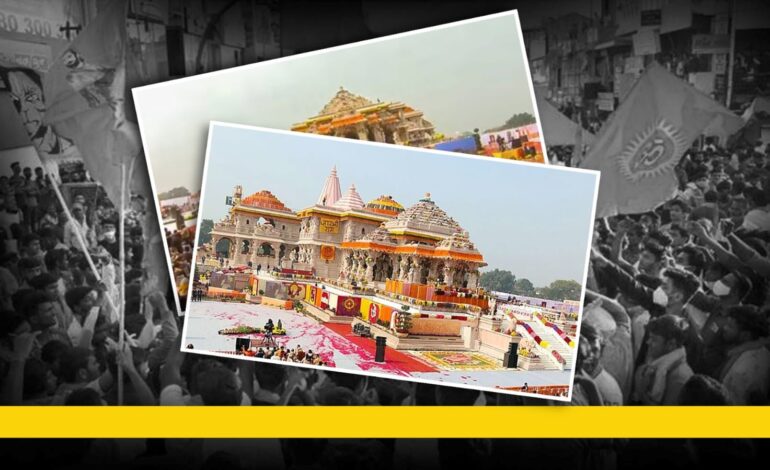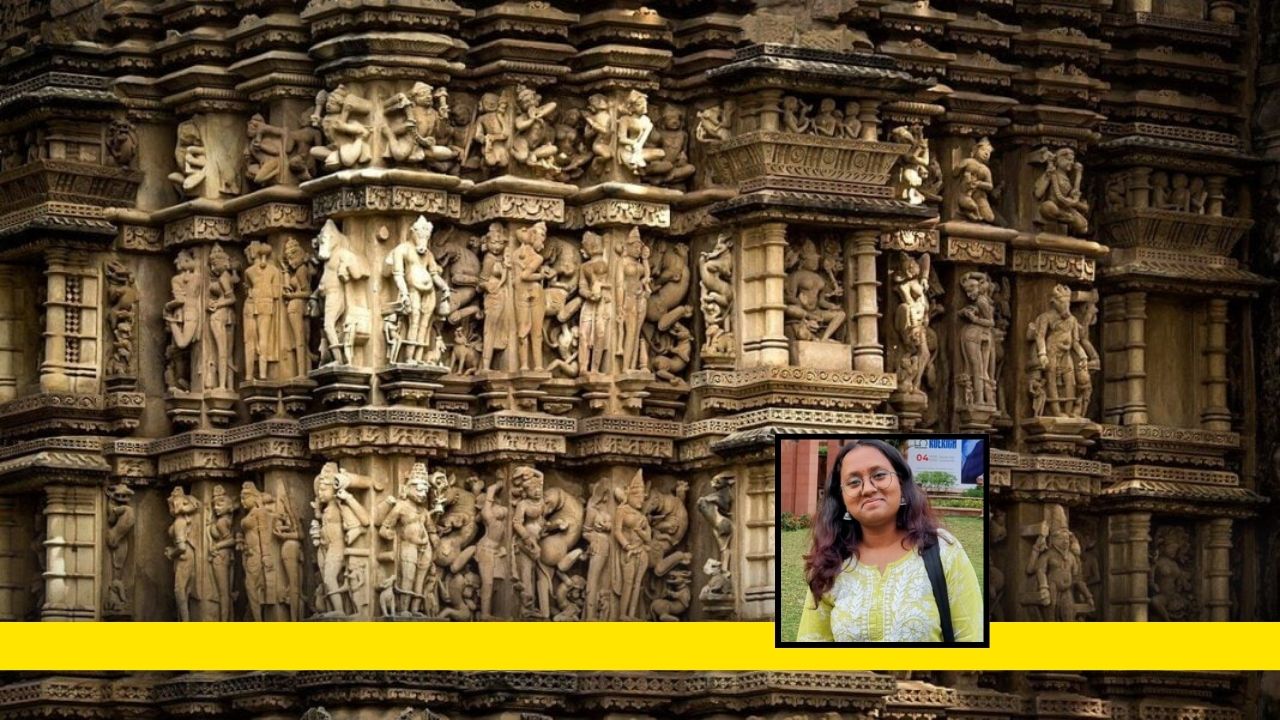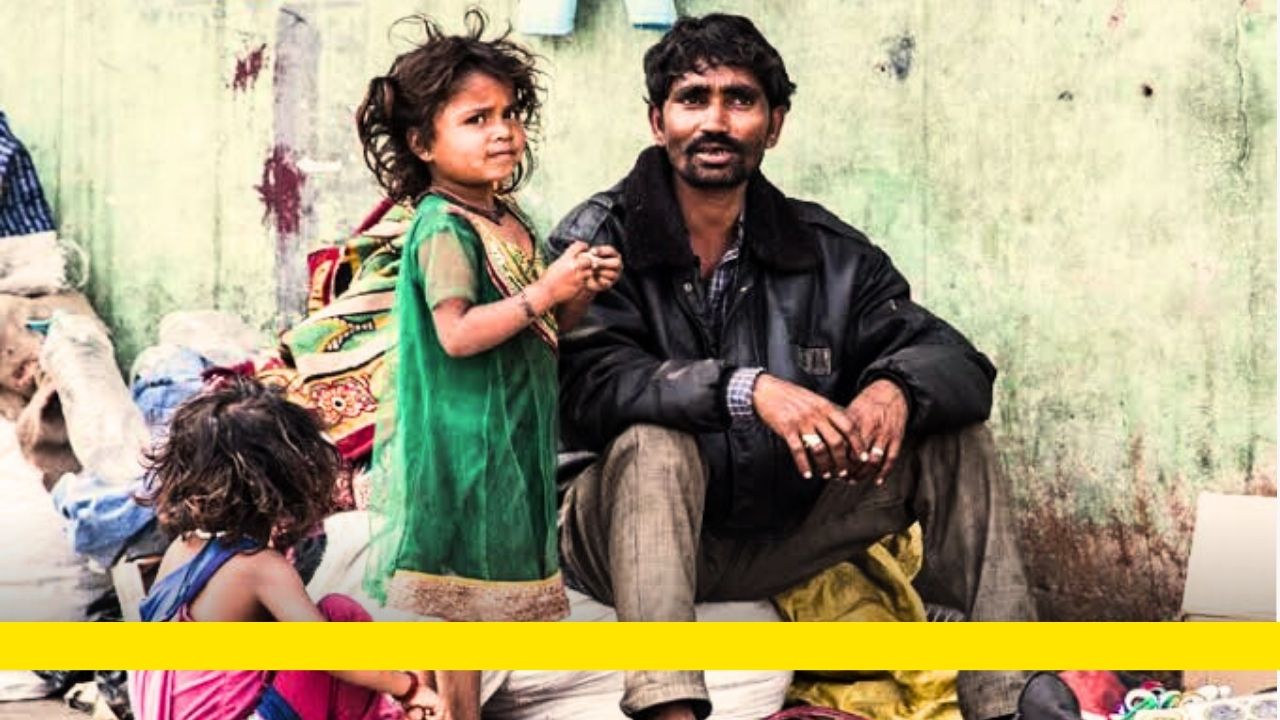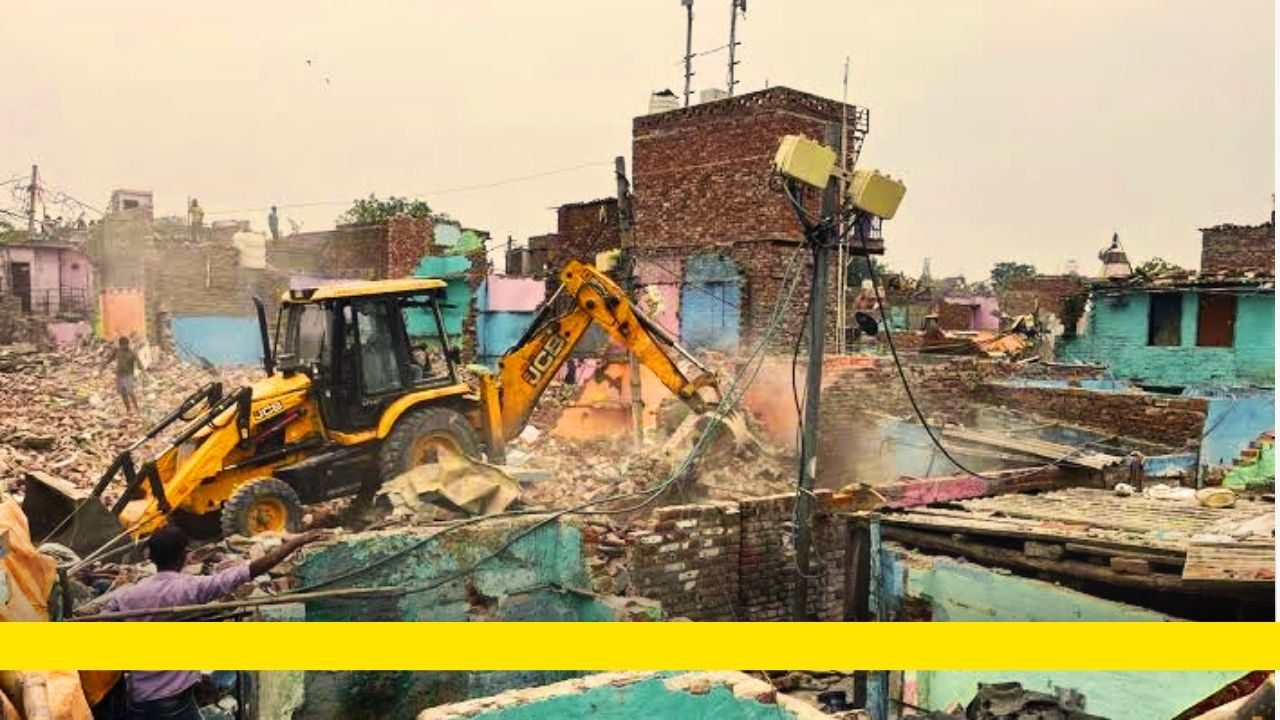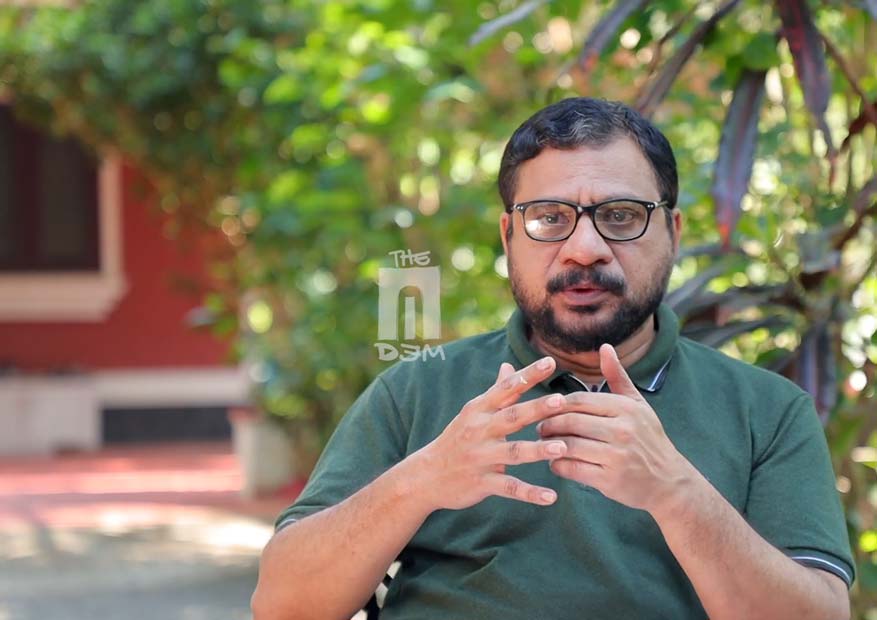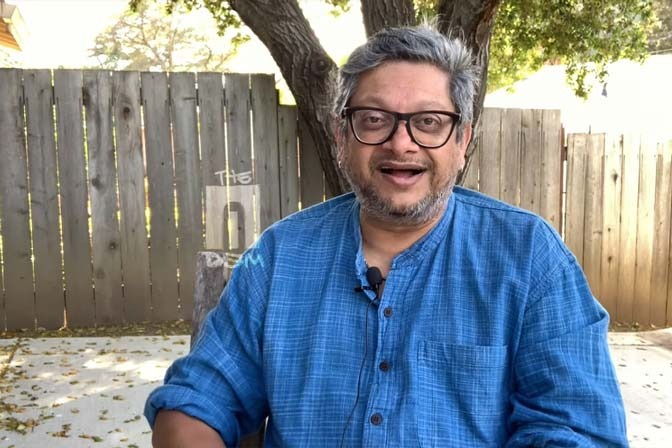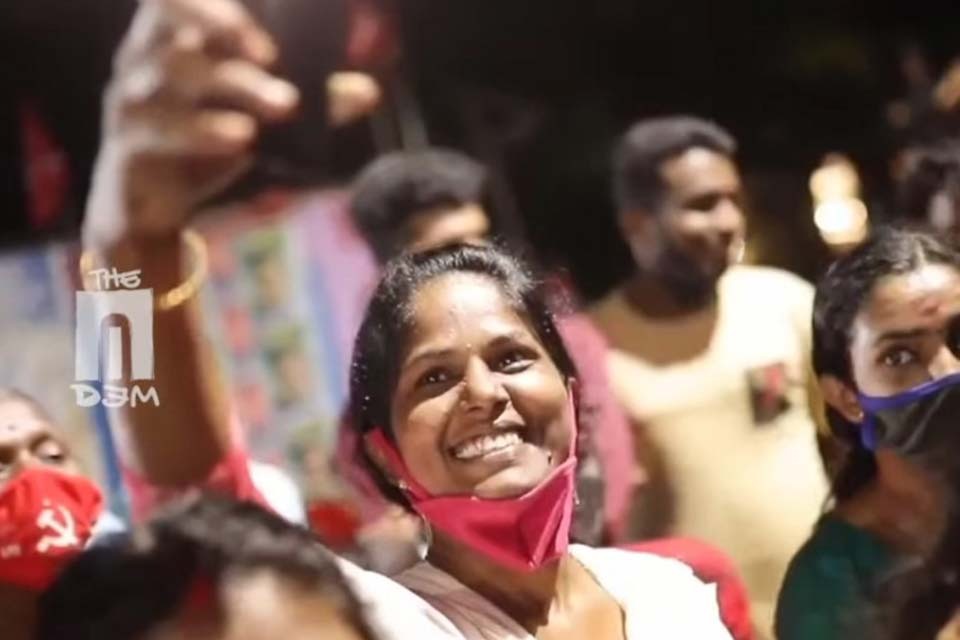Ayodhya ‘Pran Prathishta’ and its Political Import
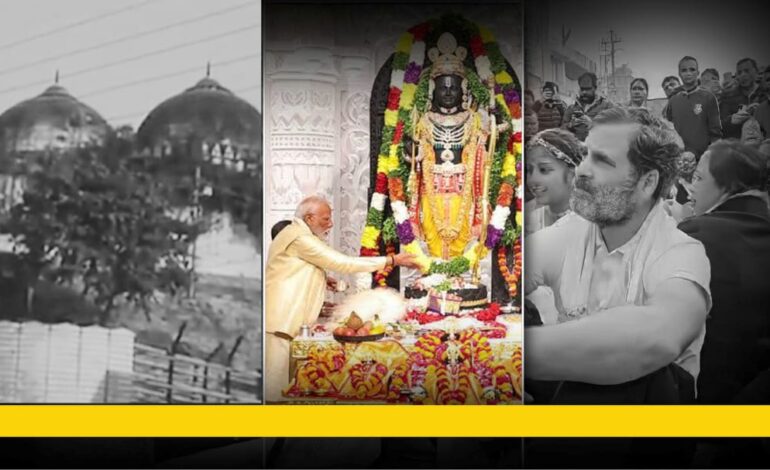
“Not a mere date on calendar, origin of a new Kaal Chakra (Cycle of Time)”. This was how Prime Minister Narendra Modi described January 22, 2024 to the world after performing the role of the “Mukhya Yajaman” (main patron of rituals) at the ‘Pran Prathishta’ event at the Ayodhya Ram Mandir. The central message of the 36 minute long address was unmistakable; it was that the era of Hindutva hegemony is being heralded in India, evidently shaking up the secular roots of the country and its Constitution. Indeed, there was some mixture of other messages too,as is the wont in all delineations of the Sangh Parivar and its various constituents led by the Rashtriya Swayamsevak Sangh (RSS). One of those “mixture“ moments was when Modi said that the event not only signified a “moment of triumph but also one of humility“. But, the central message clearly obliterated all other mixed messages. In doing so, the Prime Minister of a professedly secular country equated devotion to Lord Ram, with the very process of nation building itself.
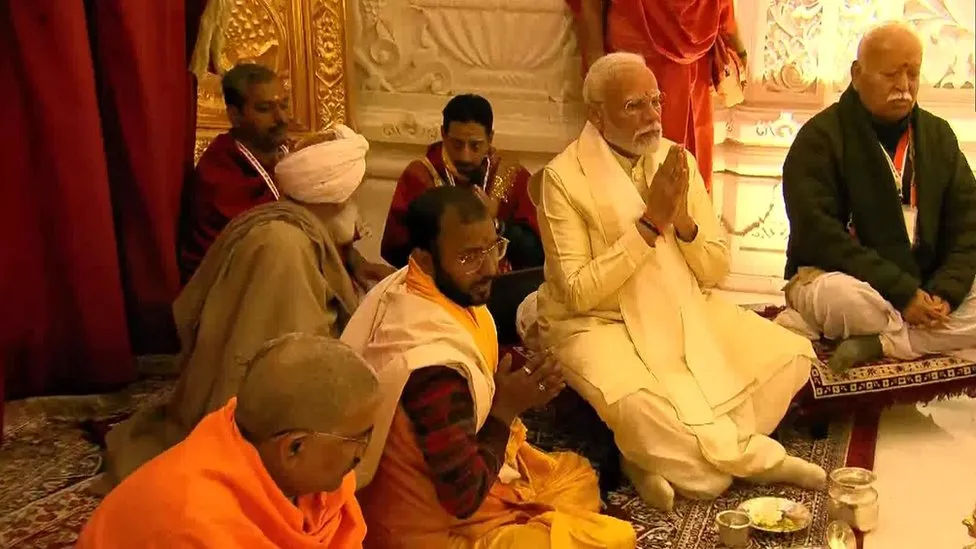
Consider this portion of the speech: “This is not just a divine temple. It is a temple of India’s vision, philosophy, and direction. It is a temple of national consciousness in the form of Ram. Ram is the faith of India, the foundation of India. Ram is the thought of India, the law of India. Ram is the consciousness of India, the contemplation of India. Ram is the prestige of India, the might of India. Ram is the flow, Ram is the influence. Ram is the norm, and Ram is the policy. Ram is the permanence, and Ram is the continuity. Ram is vast, Ram is expansive. Ram is all-encompassing, Ram is the universe, the soul of the universe. And therefore, when Ram is established, its impact lasts not just for years or centuries. Its impact is for thousands of years. “Clearly, Modi was asserting that the Hindutva Combine’s long agitation on Ayodhya, which was advanced through very many devious means has reached an important milestone. A milestone from where these forces would try to go forward and impose a unitary and uniform idea of India on its people.
Even as Modi was holding forth in Ayodhya and the ‘Pran Prathishta’ ceremonies were in progress at the temple town, other ideas that represented pluralism and the people who personified them were getting trampled upon in different parts of the country. One of the most striking instances of this was when Rahul Gandhi, leader of the principal opposition Congress, was forcibly stopped from entering a temple in Assam, a State ruled by the Sangh Parivar’s political arm, Bharatiya Janata Party (BJP). Ironically, similar Hindutva high-handedness manifested in Congress ruled Telangana too, when a group of students who screened renowned filmmaker Anand Patwardhan’s iconic movie “Ram Ke Naam” in Hyderabad, the capital of the State were arrested on an evidently spurious complaint filed by some people. (Incidentally, the film had got a “U” (universally watchable) certificate from the censor board in 1992, when the movie was originally made.) Of course, corrective measures were taken later by the authorities in Telangana, but the fact remained that a Hindutva chain-effect was consuming large sections of the Congress, as manifested in the social media handles of a number of senior leaders.
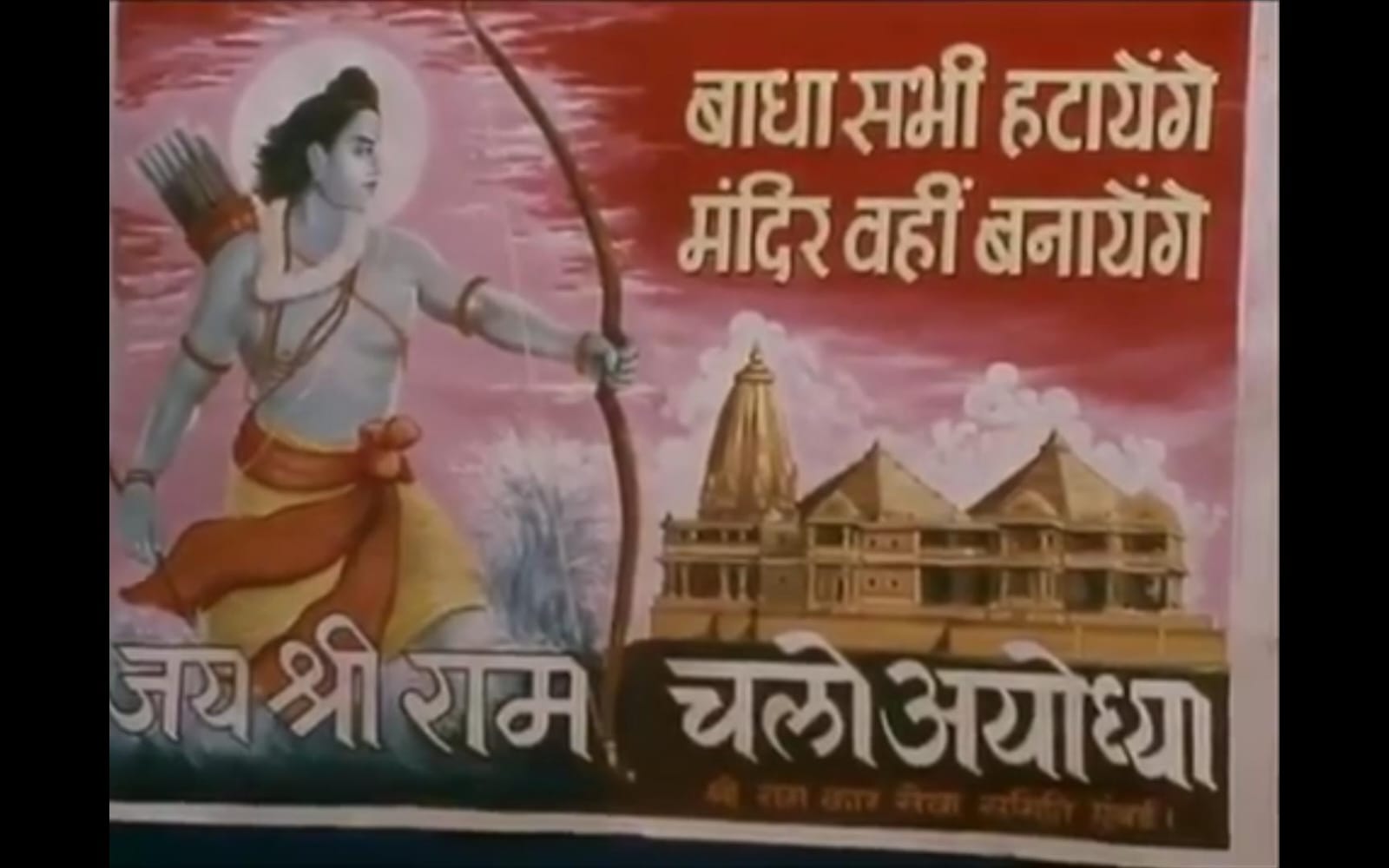
The imposition of Hindutva hegemony on this date had many other manifestations too. In Lucknow, the capital of Uttar Pradesh, the State which houses Ayodhya too, police personnel were seen blocking traffic on a number of important pathways to hoist saffron flags on the electric and traffic poles on the streets. Reports from Haryana’s Gurgaon were that owners and staff, including women, of offices that had not decked up for the ‘Pran Prathishta’, were rounded up and abused by Hindutva goons. Some of the male staff were reportedly roughed up too. Over and above all this hundreds of district administrations and local bodies across BJP ruled states had imposed a ban on meat and alcohol on ‘Pran Prathishta‘ day. “Socially,culturally and politically, this day marks a milestone event for Sangh Parivar as they seek to assert the primacy of their values on and over other value systems and principles.” – pointed out Professor Sudhir Kumar Panwar, Samajwadi Party leader and political analyst, based in Lucknow. Writing a nuanced piece in the Indian Express, author and commentator Pratap Bhanu Mehta pointed out as follows: “The pran pratishtha following the foundation stone of Ayodhya, marks the consecration of Hinduism as a political religion pure and simple. It is not just a moment where the state, which has pulled all its mighty power behind this event, ceases to be secular. It is also the moment where Hinduism ceases to be religious.”
The multifarious events that unfolded in Ayodhya and in other parts of the country along with the ‘Pran Prathishta’ evoked memories of December 6, 1992, the day Babri masjid was demolished, in a number of journalists as well as social and political observers. As the masjid demolition was in progress on that day, approximately 31 years ago, the barbarism of hardcore Sangh Parivar outfits had turned into physical attacks on journalists, especially camera persons. Anybody who was creating visual evidence of the demolition of the Masjid was assaulted mercilessly. Women journalists such as Ruchira Gupta, Suman Gupta and Sajeda Momein were also brutally assaulted. Ruchira would later reveal that she extricated herself from the clutches of karsevaks somehow and reached the special dais set up in for leaders like Lal Krishna Advani, Murli Manohar Joshi, Ashok Singhal and Uma Bharati with the request that Advani appeal to the karsevaks to stop the assault on the media. Then the “Hindu hridaya samrat” reply, Ruchira reported, was that he would not be able to attend to such personal inconveniences on a day when such a historic event was happening. However, around 03:15 PM, after the fall of the second dome, Advani was heard exhorting the karsevaks to block all entry points to the temple town, obviously to prevent any action by the security forces.

But later events proved that Advani’s exhortation was not really necessary. The forces who were present at the site did nothing to stop the demolition of the masjid and stayed inactive not only till the last dome was brought down around 04:50 PM but even when the karsevaks were cordoning off the area with their own fences, building up a temporary structure and placing the Ram-Sita-Lakshman idols there. In fact, a substantial security movement towards the town started only the next day, around the evening of the 7th.
By this time, the then Congress government at the Centre, led by PV Narasimha Rao had come to an understanding with the Sangh Parivar that the karsevaks would be escorted out peacefully, in special trains and buses. Through the night of December 7 and the day of December 8 the karsevaks left Ayodhya shouting the “trailer slogan”. By the time this “peaceful evacuation” took place, these karsevaks had attacked and torched around 100 Muslim houses of Ayodhya, forcing the residents to take shelter in the Sri Ram Janmabhoomi police station. The sequence of events as they had unraveled from the last week of November 1992 to the demolition and after signified not just the story of this tragic persecution and marginalization of the Muslim minorities but also the growing political, social and cultural hegemony of the Sangh Parivar led Hindutva forces.
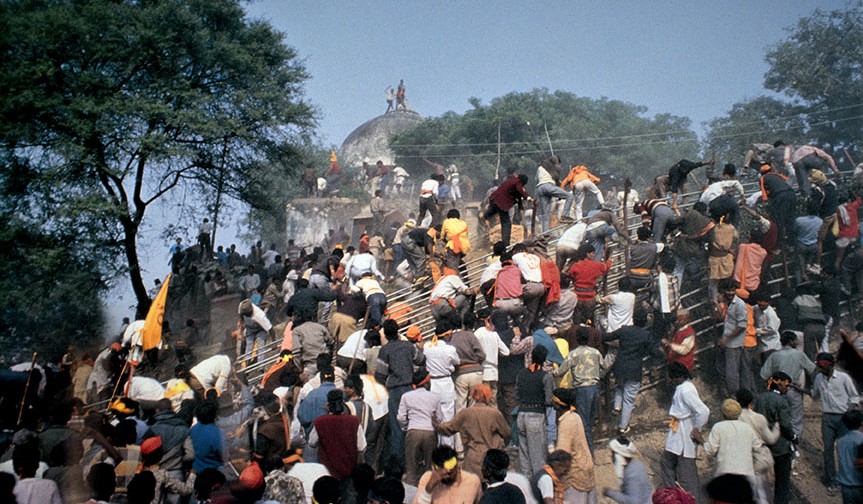
As Ramachandrandra Paramahans pointed out in 1993, the “Kaam Jaari Hain” concept of the Sangh Parivar (See part 1 and part 2 of this series) moved on not only beyond the reverses it suffered at the hands of the SP and BSP that year, but also the serial defeats it suffered in 2004 and 2009 at the hands of the larger opposition, including the Congress, the Left parties led by the Communist Party of India (Marxist) – CPIM-, and regional forces like the Dravida Munnetra Kazhakam (DMK) and the SP. As witnessed in Ayodhya in the 1980s and 1990s the Sangh Parivar followed multidimensional strategies and tactics marked by misinformation campaigns and polarisation to overturn the defeats of 2004 and 2009 and get to massive electoral victories in 2014 and 2019. On both occasions, planned creation of a communal divide was the mainstay of the Sangh Parivar electoral maneuvers.
And in the period between 2014 and 2024, Ayodhya itself witnessed multifaceted actions to clear the path for Hindutva hegemony, both in terms of legal parameters as well as in terms of practical infrastructures for the construction of a grand Ram Mandir. This was achieved, essentially on account of the massive authority that the Sangh Parivar had and continues to have over the Executive structure of the country and its unmistakable ripple effects on the judiciary. In a judgement that can be termed as ludicrous and dangerous at the same time the Supreme Court gave a verdict on November 9, 2019 allocating the disputed property that housed the Babri Masjid to the Hindutva side in the case. This, in spite of accepting that both the smuggling of the Hindu idols into the mosque in 1949 and the demolition of the Babri Masjid in 1992 were illegal, criminal actions.
Significantly, this long Hindutva project, which developed over several decades and through very many ups and downs as well as political and organisational manoeuvres was facilitated decisively by the Congress, the grand old party of India, and its leadership at least thrice in a span of six years, between 1986 and 1992. In 1986, the Rajiv Gandhi government and the Congress decided to pursue a soft Hindutva line, which they thought would help them electorally, and decided to open the locks of the Babri Masjid and allow Hindu worship just outside it. This was done in response to a legal petition being accepted in a lower court. Three years later, in the run up of the 1989 Lok Sabha elections Rajiv Gandhi went one step further and performed the shilanyas (foundation stone laying) ceremony for the Ram Mandir, imparting legitimacy to the Sangh Parivar claims on the issue.
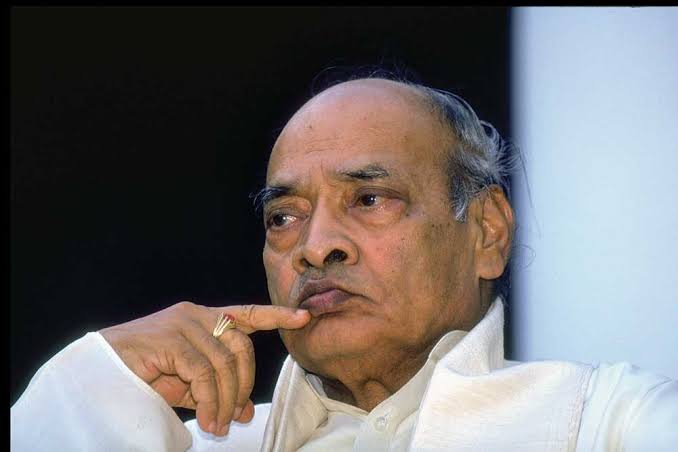
Three more years later, in 1992, the Congress government led by the then Prime Minister P.V Narasimha Rao shut its eyes to numerous inputs, including from intelligence sources including military intelligence, about the definitive possibility of the demolition of the Babri Masjid. Military intelligence sources had made it clear in their reports as early as the last week of November 1992 that the number of karsevaks was mounting day by day and the security wherewithal at the disposal of the forces would be found wanting in controlling the situation if the crowd turns aggressive. However, this concrete information from the military intelligence to the union government apparently evoked no response from the Rao government.
The November 2019 Supreme Court verdict had also earmarked for the construction of a mosque in Ayodhya, but it is to be situated approximately 15 kilometres from where the Babri Masjid existed. For all practical purposes, far away from Ayodhya. More significantly, it is not exactly a mosque, but a community centre consisting of medical and educational facilities. And, of course, no work on the mosque has started on this complex despite the passage of three years.
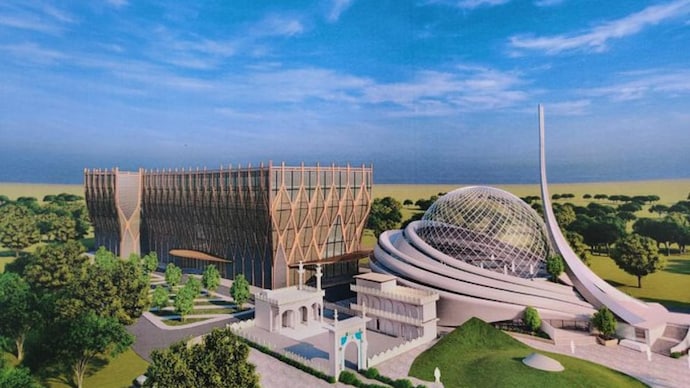
Looking back at the last 31 years in the context of the happenings of November – December 1992 as well as the expositions of Sangh Parivar leaders like Paramahans, it is evident that the Hindutva project has moved over the past three decades building on the sectarian milestone created by the demolition of the Babri Masjid. The political reach it has is redoubtable with power, coupled with massive majority, at the Centre and in Uttar Pradesh, the State that houses Ayodhya and Faizabad and has the highest population in the country. The aggressive Hindutva ideology it has unleashed and its effects are being felt at all levels of society.
In other words, it is a social and political hegemony reflected in the restrictions that the Sangh Parivar and its governments at the Centre and in several States are forcefully advancing in areas as diverse as freedom of expression to food habits of people, and in the creation of the climate for the lynch mob killings of persons belonging to Muslim minorities such as Muhammed Akhlaq and Hafiz Junaid as well as brutal murders of intellectuals and thinkers like Gauri Lankesh, Govind Pansare and Narendra Dabholkar. Indeed, the milestone of communal and fascist politics of December 6, 1992 has acquired gargantuan proportions in the 30 years since it showed its frightful face. And with the ‘Pran Prathishta’, it has moved on to yet another stage.
However, sections of the Sangh Parivar outfits do concede that there is still a considerable way to go before an overwhelmingly dominating Hindutva agenda can be imposed on the country. Talking to The AIDEM a clutch of RSS leaders from the North Indian States of Uttar Pradesh, Bihar and Jharkhand expressed this view more or less in the same language. Their refrain could be summed up as follows. The South Indian States, as a whole, are yet to accommodate Hindutva politics, though Hindu values and social mores have strong roots in the region. Of special concern in this regards is Tamil Nadu, where anti-Hindutva ideology has vocal and militant expressions in the Dravida ideology advanced by the ruling party in the State, the Dravida Munnetra Kazhakam (DMK). “These leaders were of the view that the top leaders of the Sangh Parivar, including Modi, have understood the importance of this ideological opposition from Tamil Nadu and are keen to counter it. That is why, a couple of these North Indian leaders told The AIDEM, Modi is giving greater attention to Tamil Nadu these days. Even in the run up to the Pran Prathishta, the Prime Minister was on “temple visiting spree” in Tamil Nadu. Clearly, the Sangh Parivar’s next target and trajectory have been identified. There is little doubt that this would also mark an intensely divisive period for the country and a big challenge to the idea of India.
To receive updates on detailed analysis and in-depth interviews from The AIDEM, join our WhatsApp group. Click Here. To subscribe to us on YouTube, Click Here.


